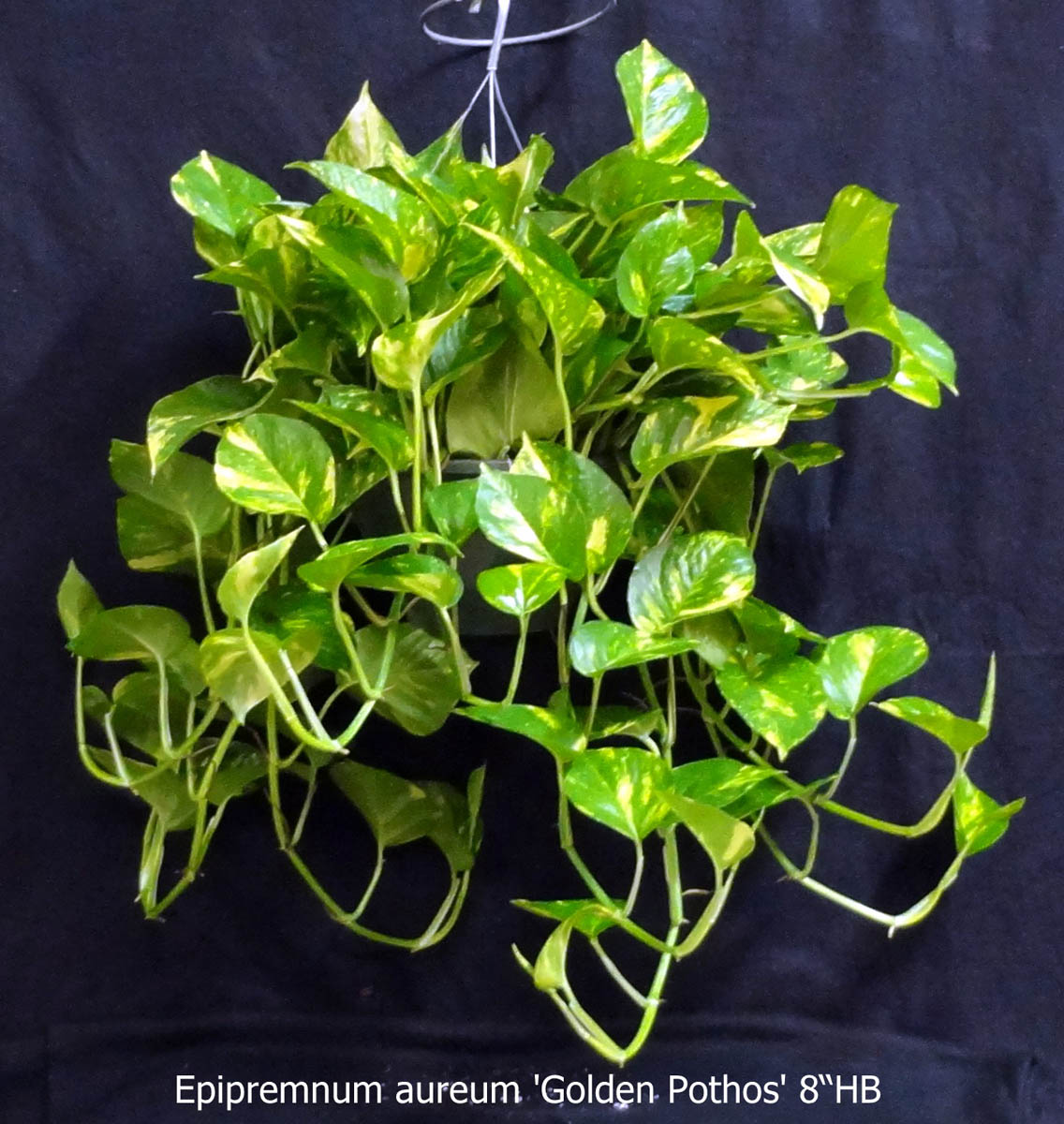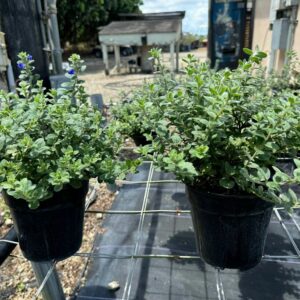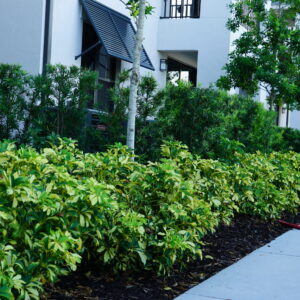Epipremnum Aureum
Epipremnum aureum, commonly known as Pothos or Devil’s Ivy, is a hardy, low-maintenance houseplant with vining growth. It features green leaves with vibrant yellow, white, or lime variegation. Thriving in bright, indirect light but adaptable to low light, Pothos prefers well-draining soil and requires watering when the topsoil dries. It’s an excellent air purifier and popular for indoor décor in hanging baskets or climbing on moss poles. While rarely blooming indoors, it’s valued for its resilience and easy propagation. Note that it’s toxic to pets if ingested. Perfect for beginners and versatile in landscaping.
$7.66 – $45.05
Related products
-
All Products
Blue Daze
$8.75 – $15.31 This product has multiple variants. The options may be chosen on the product page -
All Products
Arboricola Trinette
$22.64 – $52.50 This product has multiple variants. The options may be chosen on the product page
Epipremnum aureum, commonly known as Pothos, Devil’s Ivy, or Golden Pothos, is a popular houseplant recognized for its striking foliage and resilience. Here’s a comprehensive guide:
1. Specifications
Family: Araceae
Genus: Epipremnum
Common Names: Golden Pothos, Devil’s Ivy, Money Plant
Growth Habit: Vining or trailing
Size: Vines can reach 6–10 feet indoors and over 30 feet outdoors in tropical climates.
2. Color
Typically features green, yellow, or white variegated leaves.
Popular varieties include:
Golden Pothos – Green leaves with golden streaks.
Marble Queen – Creamy white and green marbled leaves.
Neon Pothos – Vibrant, lime-green foliage.
Jade Pothos – Deep green leaves with minimal variegation.
3. Flowers
Rarely blooms indoors; when it does, it produces a small, pale spadix surrounded by a spathe.
Flowers are more common in mature plants grown outdoors in tropical climates.
4. Hardiness Zones
Ideal for USDA Zones 10–12 outdoors.
As a houseplant, it thrives year-round in most indoor environments.
5. Care
Light: Prefers bright, indirect light, but adapts well to low-light conditions.
Watering: Allow the top 1–2 inches of soil to dry out between waterings. Avoid overwatering.
Soil: Thrives in a well-draining potting mix.
Humidity: Prefers 40–60% humidity but tolerates drier conditions.
Temperature: Ideal range is 65–85°F (18–29°C). Keep away from cold drafts.
Fertilizer: Feed monthly during the growing season with a balanced liquid fertilizer.
6. Fun Facts
Known as Devil’s Ivy because it’s nearly impossible to kill.
It’s an excellent air purifier, known to remove toxins like formaldehyde and benzene.
In its native habitat, it can climb trees using aerial roots and grow leaves over 3 feet wide.
7. Additional Info
Safe to touch but toxic to pets if ingested due to calcium oxalate crystals.
Propagates easily through stem cuttings placed in water or soil.
Known for its adaptability, making it one of the best starter plants for beginners.
8. Landscaping Uses
Ideal for hanging baskets, shelves, or climbing on moss poles indoors.
Outdoors in tropical regions, it’s often used as a ground cover or to decorate walls and trellises.
Would you like tips on propagation, troubleshooting care issues, or specific variety recommendations?
| Size | 4", 6", 8", 10" |
|---|---|
| Container | Azalea Pot, Hanging Basket, Traditional Container |
| Epipremnum | Golden Pothos Hawaiian, Jade Green Pothos, Marble Queen Pothos, Neon Yellow Pothos, Amplissimum Variegated, Ghost, Golden Flame, Marble, Pinatum Albo, Pinatum Aurea, Skeleton Key |



